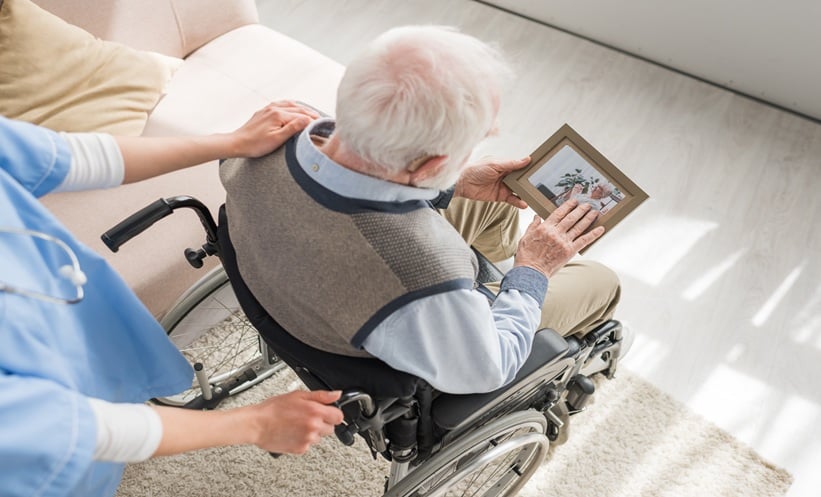OBJECTIVE
To characterize the demographic, clinical, and laboratory features of neurological complications of dengue virus (DENV) enrolled in the NEAS cohort.1
BACKGROUND
The global incidence of neurological complications of DENV varies between 5% and 21%. In Colombia, epidemic outbreaks of DENV occur every 2–3 years, with all four serotypes circulating. Neurological manifestations could be classified as direct (e.g., encephalitis), indirect (e.g., encephalopathy), or post-infectious complications (e.g., myelitis, Guillain-Barré syndrome [GBS]).
DESIGN/METHODS
All newly diagnosed patients who fulfilled established criteria for encephalitis or encephalopathy, myelitis, meningoencephalitis, or GBS were recruited as part of an observational cohort. The authors examined the demographic, clinical, and epidemiological features of all cases accrued between January 2017 and December 2024.
RESULTS
In the period 2017–2024, a total of 25 patients were diagnosed with neurological complications of dengue, most presenting with encephalopathy or encephalitis (56%, n=14). Eight patients (32%) were diagnosed with GBS. The median age was 36 years (interquartile range: 20-52) and 56% (n=14) were male. Laboratory blood testing showed positive serum DENV IgM in 24 (96%), serum DENV IgG in 16 (64%), and DENV serotype 1 by RT-PCR in the blood of two patients (8%). Cerebrospinal fluid (CSF) findings included a median cell count of 0 (range 0–9), glucose of 65 mg/dL (range: 53–77), and proteins of 42 mg/dL (range: 23–64). Neuroimaging was abnormal in only one case. In two patients with GBS, neurophysiological studies showed a case of axonal motor neuropathy and one case of demyelinating polyneuropathy. In the cases evaluated in 2024, ICU admission was required in 80% (n=8) of the cases, with three of them (30%) needing ventilatory support. Mortality was reported in one case (10%).
CONCLUSIONS
Dengue brain involvement can be classified as encephalopathy, encephalitis, or autoimmune/postinfectious processes. Although neurological problems in dengue are rare and emerging in the setting of severe dengue, the majority of cases require ICU admission. In the author’s cohort, neurological complications of DENV infection were primarily associated with encephalopathy, which presented with normal CSF and neuroimaging findings. To clarify the diagnosis of dengue encephalitis, neuroinvasion must be demonstrated through serological or molecular tests (NS1, IgM, or RNA) in CSF and pleocytosis. However, these tests are often difficult to access in endemic countries. Standardizing these criteria is essential, but clinical application faces biases due to limited access and varying diagnostic performance based on the timing of sample collection.





